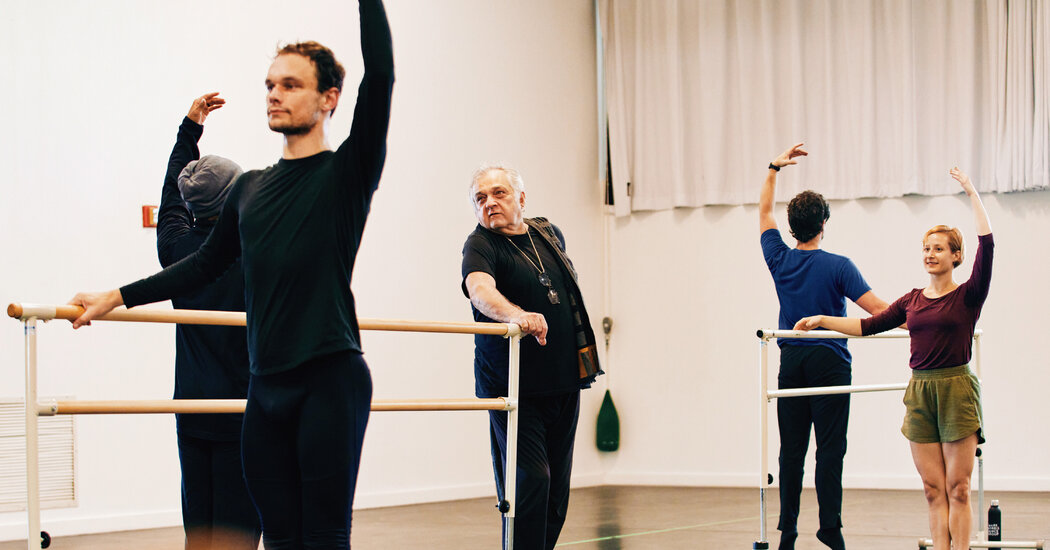When asked whether the version of ballet that he and his alumni teach could be called “Morris technique” in the way people speak of Cecchetti, Vaganova and Balanchine techniques, Morris said, “yes, though I learned lots from certain other ballet teachers. I teach above all to prevent injury and to help everyone work with music.”
And is there a Morris style, as there are Graham and Cunningham and Taylor styles? Yes, Morris said: “Everything in my work derives from music. I don’t want 180-degree turnout, which, even if it were possible, just leads to injury. But I do want intimate and constant connection to music.”
A Morris classroom also becomes — as ballet at its best has been since the Italian Renaissance — a society, in which musicality, alignment, courtesy and mutual awareness are prime virtues. Humanity, too: Morris, an invariably entertaining talker, speaks exuberantly to his dancers, between exercises — about what’s on television, about an unmissable Broadway show (and about the long lines for the ladies room in Broadway theaters), about New York traffic gridlock, about Olive Oyl. But this spiel isn’t just a one-way Morris event: He wants his dancers to be people with lives and interests, not just dance executants, and he enjoys their repartee.
While teaching, Morris walks around the room, giving advice and corrections. Aaron Loux, who performed with the group until 2022, said in a video interview from Seattle. “I felt that for each dancer he would have a different set of objectives he wanted them to develop.” (For Loux, the biggest challenge was his hands, he said. “Mark was pointing out a blind spot.”)
Sam Black, who became a full-time Morris dancer in 2005 and is now the company director sharing the teaching assignments, will give his stage farewell during the Joyce season. In an interview at the Mark Morris Dance Center in Brooklyn in July, he recalled how he used to stretch his arms too straight upward in certain positions. Morris would say, “You only have three joints in your arm. You have to make a curve with only three joints. That takes imagination.”
